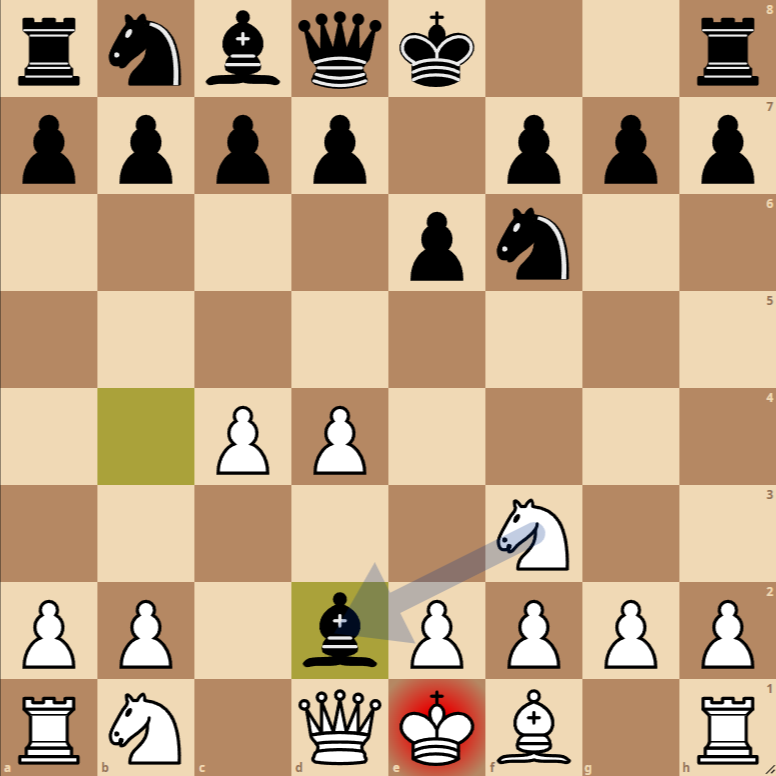How to Play the Bogo-Indian Defense, Exchange Variation
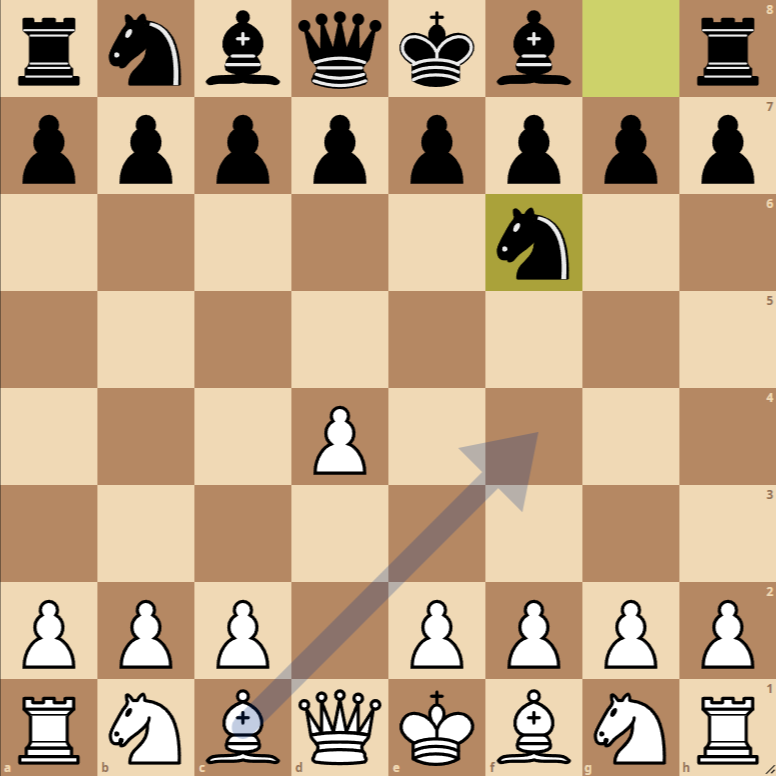
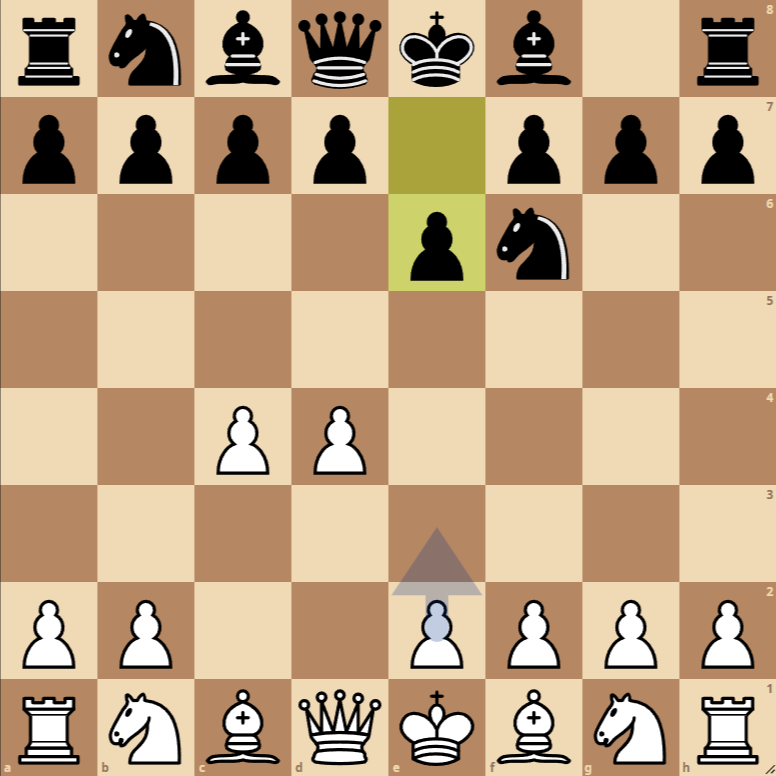
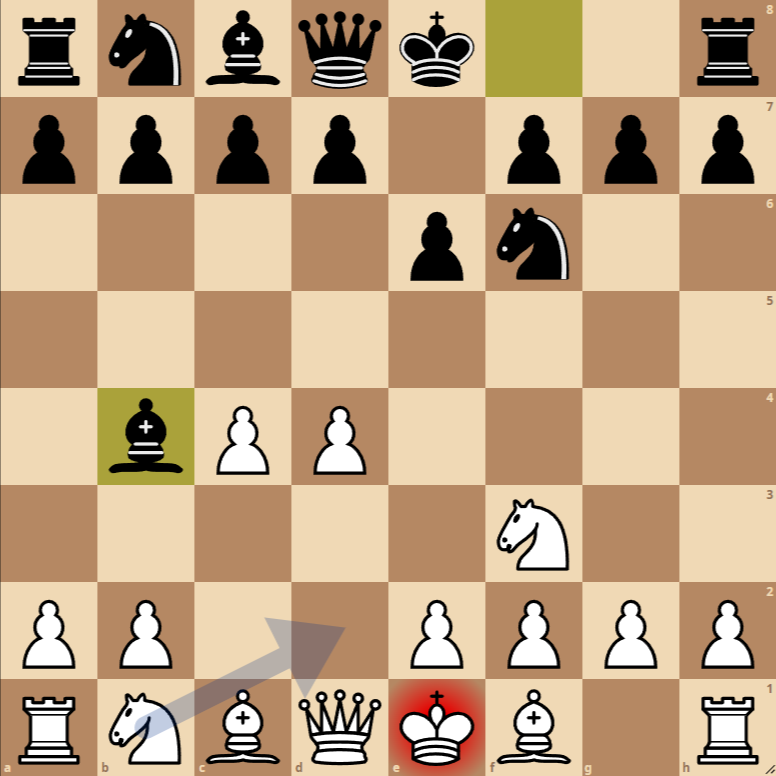
The Bogo-Indian Defense is a solid opening that begins with the following moves:
- 1. d4 Nf6: White advances the king’s pawn two squares, aiming to control the center. Black responds by developing the knight to f6, attacking the pawn on d4, and preparing for flexible play.
- 2. c4 e6: White expands their control in the center with the queen’s pawn, while Black responds with e6, aiming to strengthen their center and prepare the advance d5.
- 3. Nf3 Bb4+: White develops the knight to f3, supporting the pawn on d4 and exerting more control in the center. Black delivers a check with the bishop on b4, a characteristic move of the Bogo-Indian Defense, putting pressure on the knight on c3.
- 4. Bd2 Bxd2+: White responds to the check with Bd2, preparing to recapture with either the knight or the rook after the exchange of bishops, maintaining a solid pawn structure in the center.
Variations of the Bogo-Indian Defense, Exchange Variation
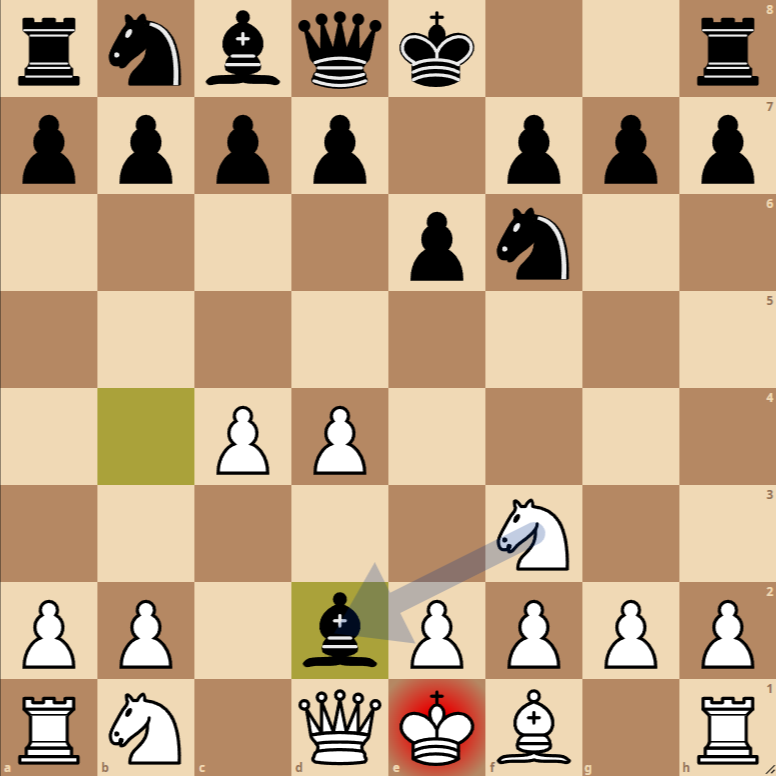
1. d4 Nf6 2. c4 e6 3. Nf3 b6
In this variation, Black opts for a more flexible setup, preparing to fianchetto the king’s bishop. This line can transition into setups of the Nimzo-Indian Defense or the King’s Indian Defense, depending on how both players continue.
1. d4 Nf6 2. c4 e6 3. g3
White decides not to play Nf3 and chooses to fianchetto their king’s bishop instead. This leads to a game with a more strategic character, where long-term control of the center and open diagonals take precedence.

